Salt is an essential condiment when we stir-fry, and the presence of salt makes these dishes so delicious. But too much salt is not good for life. The latest version of the “Dietary Guidelines for Chinese Residents” recommends that adults should not consume more than 5g of salt per day, which is about as much as a beer bottle cap is filled.
However, more than 60% of Chinese residents have daily salt intake that exceeds this standard. The high salt intake of residents has become a key factor in the occurrence and development of chronic diseases such as obesity and hypertension in my country. Studies have shown that high salt (sodium) intake can increase the risk of hypertension, stroke, gastric cancer and all-cause death. Children’s high-salt diet will affect the absorption of minerals and trace elements such as zinc and calcium, and affect the development and growth of children. .
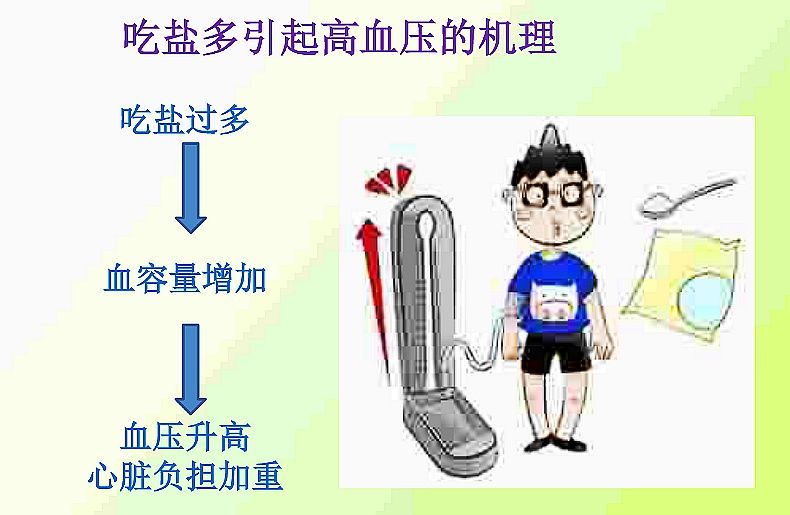
So, a spoonful of salt is not just a matter of diet or cooking habits, It’s about the nutrition and health of each of us. Every year from May 15th to 21st, it is the National Nutrition Week determined by the Chinese Nutrition Society. This year’s dissemination theme is: know how to cook, choose and read labels. It is to remind people to choose low-salt and low-sugar products, learn scientific cooking methods, reduce salt and oil, and cultivate a healthy lifestyle.
How to enjoy the delicious food on the tip of your tongue in daily life without worrying about affecting your health A little trick to share with you:
Cultivate a light taste, gradually reduce and quantify the amount of salt
People’s tastes are gradually cultivated. Recognizing the harm of high salt, we must start from normal times , Gradually reduce the salt content in food, eat less high-salt food, and cultivate a light and low-salt diet.
Minimize cooking salt
1) Choose fresh ingredients, add less or no salt when cooking, and keep the natural taste of the ingredients as much as possible.
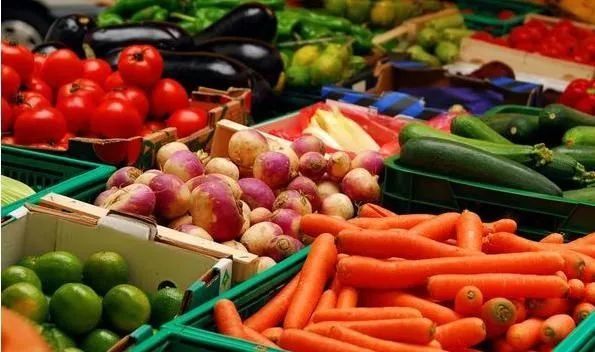
2) Use the alternative method cleverly. The dependence on salty taste can be reduced by adjusting different tastes, such as adding a little vinegar when cooking dishes, and using natural seasonings such as Chinese prickly ash, star anise, chili, onion, ginger, and garlic to taste.
Appropriate use of cooking methods
Add salt before cooking, and add salt before eating cold dishes, so that the same saltiness can be maintained. Next, we will reduce the amount of salt in the daily diet of the family.
Use the salt control tool to control the total amount
section>
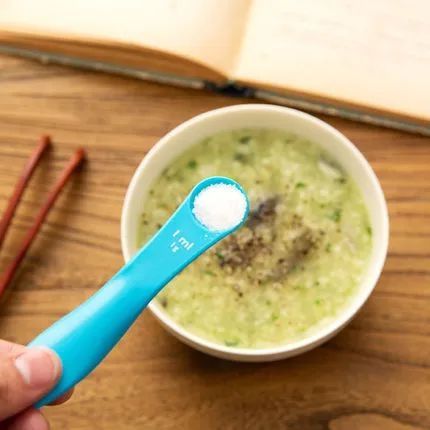
Use salt spoons and other tools with dosage display, which can be used when cooking at home The amount of salt should not be calculated based on 5g per person per day, and the differences between adults and children should also be considered. The daily salt consumption of preschool children should be controlled within 3g, and the salt content of daily snacks, ready-to-eat food, yellow sauce, soy sauce, etc. , as well as eating out, should also be counted.
Watch out for ‘hidden’ salt in the kitchen
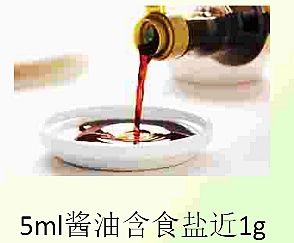
Condiments: monosodium glutamate, chicken essence, soy sauce, sweet noodle sauce, fermented bean curd, etc.
Pickled products: pickles, pickles, salted eggs, sausages, bacon, etc.
Cooked meat products: sausages, ham, sauce meat, Roast chicken, etc.
Fast food: instant noodles, dog head, hamburger, etc.
Snacks: plum, preserved fruit, dried fruit, etc.
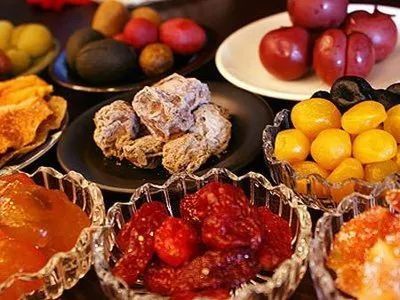
Read food labels clearly, Choose low-salt foods
When buying packaged foods, look at the nutrition label and choose those that are low in salt, low in sodium foods. Usually every 10Foods with a sodium content of less than 120mg in 0g or 100ml of food are low-salt foods.